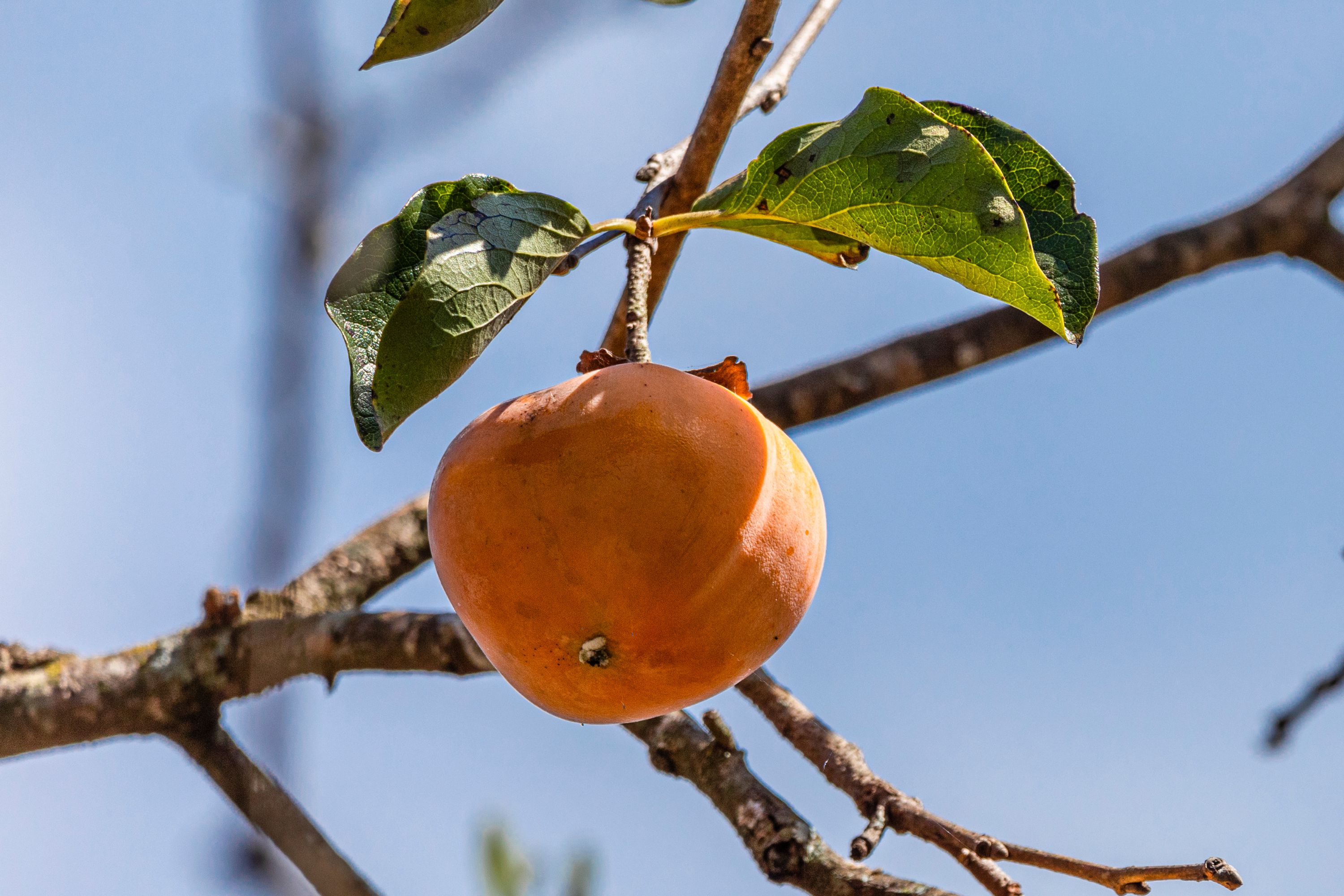Medlar
(Manilkara kauki)

Description
Manilkara kauki is a plant in the subfamily Sapotoideae, and the tribe Sapoteae of the family Sapotaceae; and is the type species for the genus Manilkara. It occurs in tropical Asia from Indo-China (Cambodia, Myanmar, Thailand and Vietnam) to Malesia (Indonesia, Malaysia and Papua New Guinea); and also in northern Queensland in Australia. In Java, the plant is called sawo kacik, and is associated with the royal Javanese ritual. Throughout the world it is known generally by the name caqui, but in Australia it is called wongi. The leaves are rigid, blunt-tipped, dark-green on the upper leaf face, and pale and silky below. The edible, orange-red fruit is 3–4 cm long. For reforestation purposes, M. kauki is a useful graft stock for M. zapota, and parts of the plant are used in herbal medicine. The fruit is reported to be very tasty, and is traditionally eaten by Torres Strait Islanders, who travel from island to island to harvest the crop. Manilkara is a genus of trees in the family Sapotaceae. They are widespread in tropical and semitropical locations, in Africa, Madagascar, Asia, Australia, and Latin America, as well as various islands in the Pacific and in the Caribbean. A close relative is the genus Pouteria. Trees of this genus yield edible fruit, useful wood, and latex. The best-known species are M. bidentata (balatá), M. chicle (chicle) and M. zapota (sapodilla). M. hexandra is the floral emblem of Prachuap Khiri Khan Province in Thailand, where it is known as rayan. M. obovata shares the vernacular name of African pear with another completely different species, Dacryodes edulis, and neither should be confused with Baillonella toxisperma, known by the very similar name, African pearwood. The generic name, Manilkara, is derived from manil-kara, a vernacular name for M. kauki in Malayalam. Manilkara trees are often significant, or even dominant species in their native ecosystems, such as East Deccan dry evergreen forests, Central American premontane tropical wet forests, or together with Cynometra, in the Arabuko Sokoke National Park. Manilkara fruit are an important food item for various frugivores, in particular birds. The red fruit bat (Stenoderma rufum) is the primary – and possibly the only – seed disperser of M. bidentata in parts of the Caribbean. Tuckerella xiamenensis, a species of peacock mite, was described from a sapodilla tree.
Taxonomic tree:







